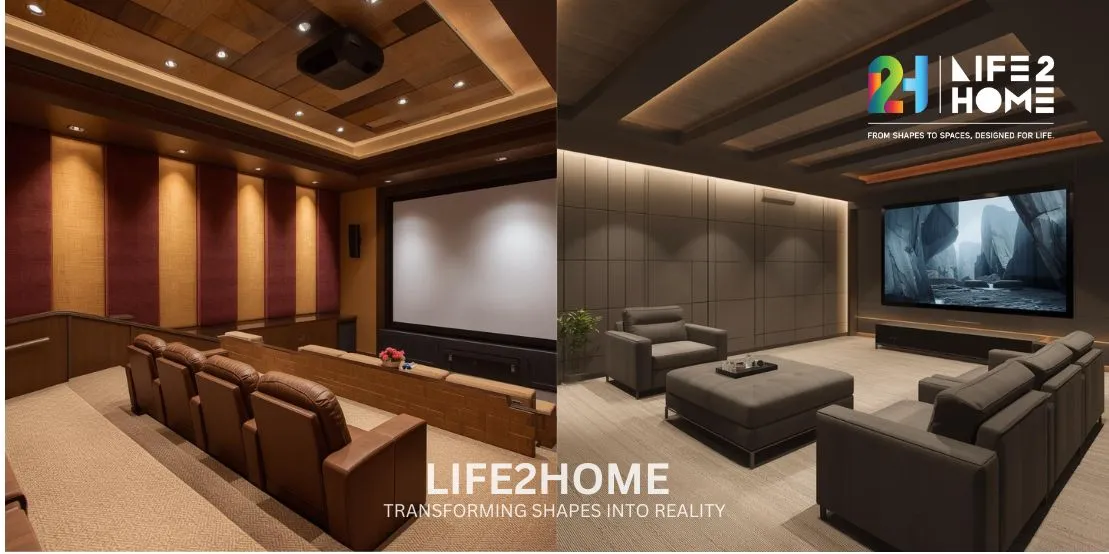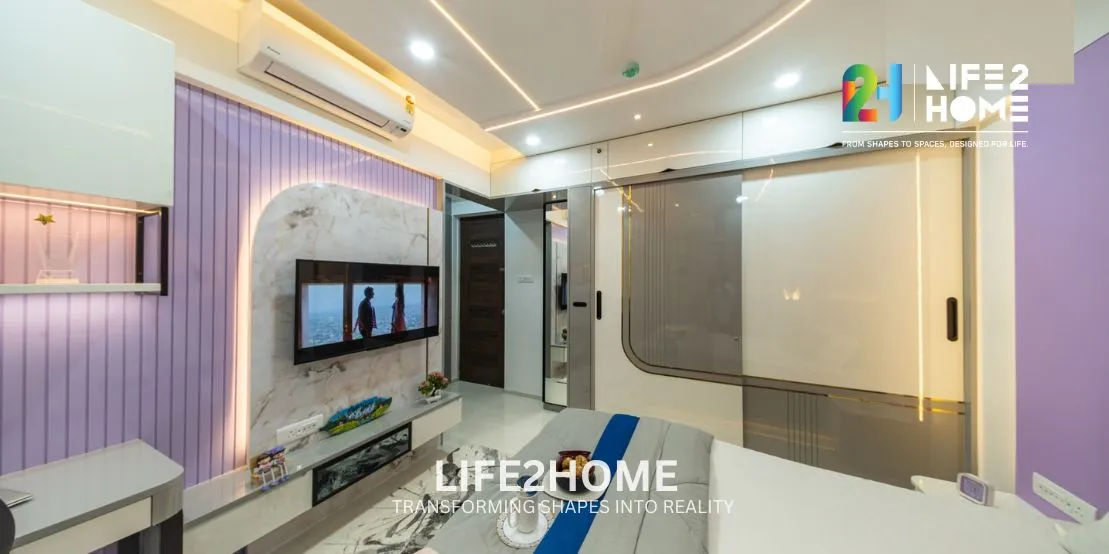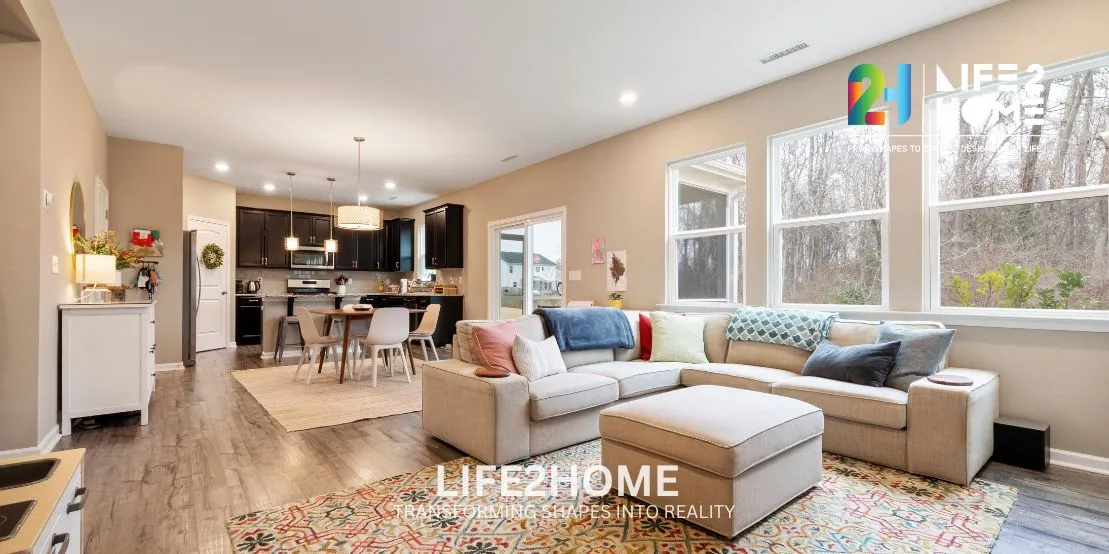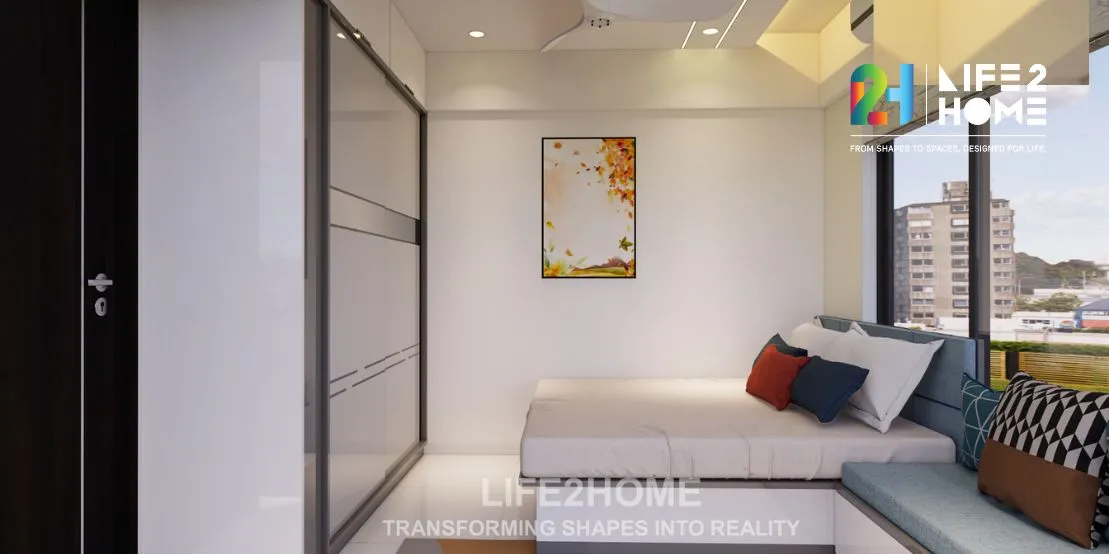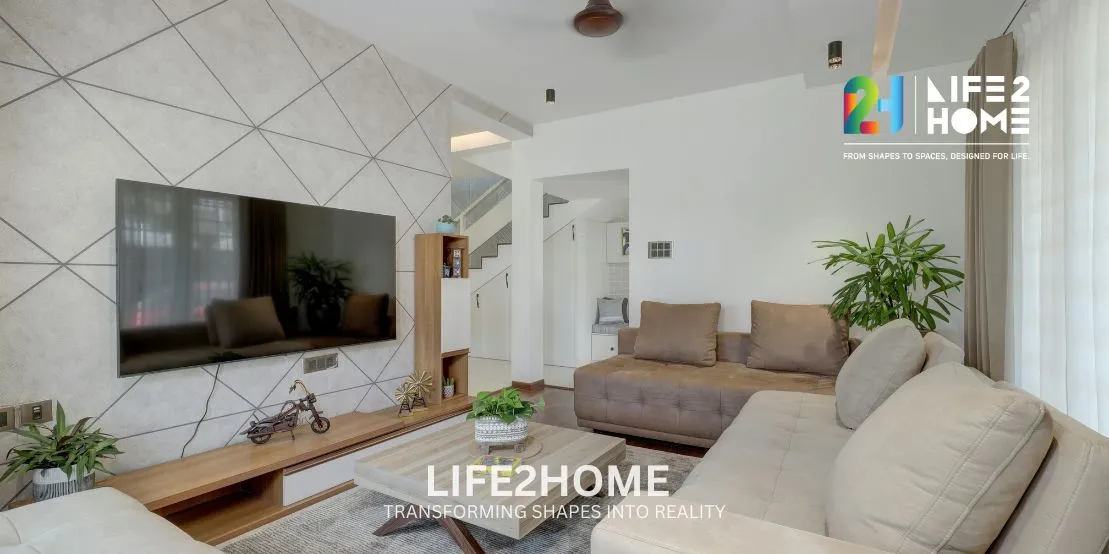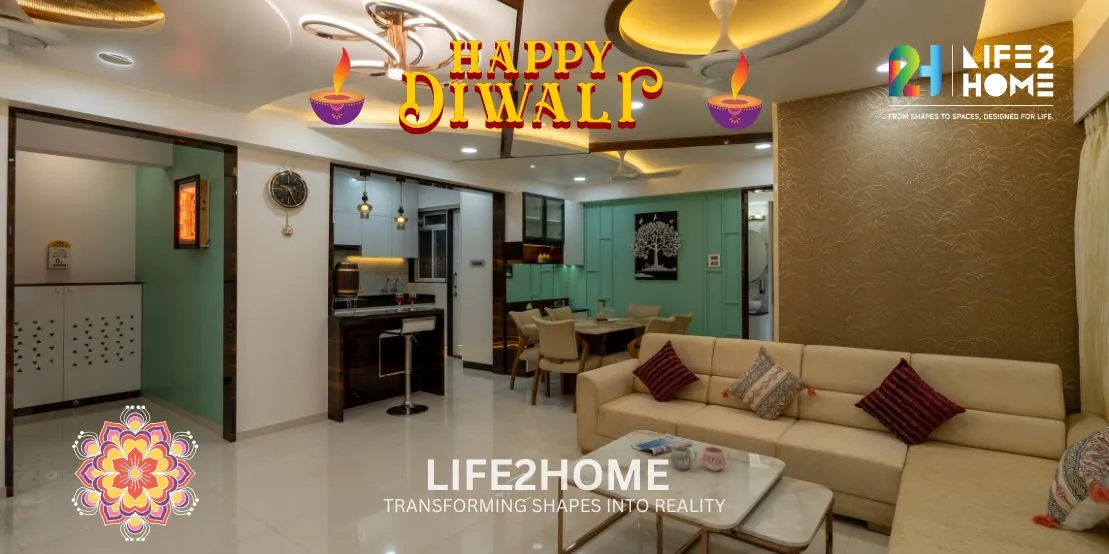It is the aesthetics of a well-designed office space that increases productivity as well as overall satisfaction of the employees and enhances business efficiency. A cluttered, poorly designed workspace is going to cause discomfort, distractions, and inefficiency. That’s where office interior design services come in.
Professional office interior designers can turn your workplace into an efficient, aesthetically pleasing, and optimally designed space for your business requirements. Be it a small office or a big corporate setup, these interior design services are available to make maximum use of space, enhance workflow, and bring out an environment conducive to creativity and collaboration.
In this article, we will be discussing the advantages of office interior design services, techniques that designers use to maximize space, and how you can learn to harness their expertise in order to create a well-organized and inspiring workspace.
Office Interior Design Services: Know Your Answers
What are office interior design services?
Office interior design services involve strategic planning and designing of workspaces to enhance functionality, aesthetics, and efficiency. These services include space planning, furniture selection, color schemes, lighting design, and ergonomic and sustainable elements.
Key Components of Office Interior Design
Space Planning: Effective organization of desks, meeting rooms, and common areas to maximize space utilization.
Furniture Selection: Selection of ergonomic and multi-functional furniture to enhance comfort and efficiency.
Aesthetic Enhancement: Utilizing color, lighting, and décor to make the work environment aesthetically pleasing.
Technology Integration: Implementing smart office solutions to make work operations seamless.
The Role of Interior Designers in Workplace Transformation
Professional office interior designers study the workspace, know the company culture, and design customized solutions that meet the business goals. Their expertise will ensure a well-balanced environment that encourages productivity, collaboration, and innovation.
Benefits of Office Interior Design Services
Improving Productivity and Employee Welfare
A beautiful office is one where employees can remain focused, eliminate stress, and feel well.
Comfortable chair, proper illumination, and uncluttered workspace are necessary for a successful work environment which increases employee satisfactions.
Increase Available Office Room
Designers use smart floor plans, space-saving modular furnishings, and adaptable spaces to effectively use every foot of the offices. This feature is especially attractive to small-sized offices that cannot afford to cram their work room.
Improving Workplace Aesthetics and Brand Image
A beautiful workplace will always leave clients, employees, and visitors a good impression about you. Expert interior design creates a workspace representing your brand values and professionalism for the employees and building an impressionable workspace for potential clients.
Space Optimisation Techniques Used By Interior Designers
Smart Planning and Layout Optimisation
Designers assess existing space and arrange a well-balanced layout that leaves out clutter, hence increasing efficiency. Open spaces, demarcated work places, and proper storage arrangements keep the office structured.
Multi-Functional Furniture and Modular Workplaces
Collapsible desk and chairs which can be shifted around to change the space layout of working.
Ergonomic desks that change height for different styles of working.
Shared work places for joint work on tasks.
Proper implementation of Color Psychology and Lighting.
Blue and green tones illuminate and sharpen concentration and creativity.
Good lighting, natural and LED, reduces eye strain and promotes mood.
Ergonomic Office Design for Maximum Efficiency
Importance of Ergonomic Furniture
Ergonomics greatly help in the reduction of discomfort and productivity enhancement. Good ergonomic chairs, adjustable desks, and proper placement of monitors ensure employees work comfortably.
Creating a Comfortable and Healthy Workspace
A healthy workspace involves:
Proper ventilation and air circulation
Noise reduction strategies
Ample break-out spaces to unwind
Minimizing Workplace Stress and Absenteeism
An office with proper design will minimize the level of stress experienced by minimizing the level of discomfort, removing distractions, and maximizing well-being.
Sustainable and Eco-Friendly Office Design
Benefits of Sustainability in Office Design
Sustainability is no longer a luxury-it’s a necessity. Adding eco-friendly office design will help reduce the impact on the environment, save energy, and provide a healthier working environment. A green office also enhances the reputation of the company, indicating its commitment to corporate social responsibility.
Energy-Efficient Lighting and Materials
LED lighting consumes less energy and lasts longer than traditional bulbs.
Recycled and sustainable materials for furniture, flooring, and décor minimize waste.
Energy-saving windows and insulation minimize heating and cooling expenses.
Bridging the Gap with Biophilic Design
Houseplants purify the air and promote relaxation.
Organic materials, such as wood, stone, and water walls, are relaxing.
Natural lighting minimizes the use of energy and increases performance.
Open vs. Private Workspaces: Finding the Right Balance
Pros and Cons of Open Office Layouts
Open offices support collaborative work and interaction. They are noisy and prone to more distractions. However, they allow for flexible locations while using available space as best as possible.
Pros:
Promotes collaboration and interaction.
Uses up as much space as possible.
Grows a current, energetic, and vibrant working culture.
Cons:
Noise and distraction increases.
Decrease privacy for solo focus work.
Certain work decreases in productivity.
Private offices and meeting rooms are required for confidential talks, focused work, and clients. A balanced office design contains quiet working spaces to help the workers concentrate without being distracted.
Hybrid Office Design for Modern Work Environments
Modern offices are increasingly adopting a hybrid workspace model comprising open space for collaboration purposes and private places for deep work. This helps to get the best of both worlds and caters to different working styles.
Technology In Office Design
Smart Office Solutions for Better Efficiency
Technology has changed the approach towards workplace designing. Smart office solutions include,
Automated light and climate systems that minimize waste.
Wireless charging stations at ease.
Scheduling and room booking through artificial intelligence.
Use of AI and Automation in Office Spaces
AI-driven office solutions enhance productivity through the automation of routine work, better security, and effective communication. For example, AI-powered chatbots are there to answer simple queries by employees, and automated desk allocation is a process to utilize the available space.
Digital Collaboration Tools and Interactive Workspaces
Virtual collaboration tools have made remote working a smooth affair. Meanwhile, interactive whiteboards and digital workstations enhance brainstorming sessions as well as the meetings.
Office Interior Design Trends 2024
New Design Trends That Are Creating Office Spaces
Flexible and responsive workspaces following the changing need.
Smart furniture that is attached to technology.
Resimercial design (residential + commercial) for creating office space feel like home.
Impact of Remote and Hybrid Work on Office Layouts
Hybrid work is slowly making offices adaptive. Companies are embracing:
Hot-desking and shared workstation for flexible hours.
Remote collaboration zones for frictionless interaction between in-office and remote employees.
Wellness spaces for mental and physical well-being.
Future-Proofing Office Spaces for Flexibility
Future office designs will focus on:
Scalability to support growth.
Smart integrations to keep up with a tech-savvy workplace.
Adaptable furniture to gain maximum usage through multifunctional features.
Budgeting and Cost Effectiveness for Interior Office Design
Budget-Friendly Procedure to Create a New Office Look
An office makeover doesn’t necessarily need to carry out expensive changes. A realistic budget ensures you get the best results without overspending. How to budget effectively:
Prioritize, like, furniture, lighting, or storage.
A spending limit based on business requirements.
Relevant expert guidance to utilize resources.
Cost-effective design solutions
Repurpose existing furniture instead of buying new.
Invest in modular and multifunctional furniture to save space and costs.
Use DIY décor elements for personalization without breaking the bank.
ROI of Investing in Professional Interior Design Services
A well-designed office leads to:
Higher productivity and employee satisfaction
Optimal space utilization, saving on rentals
Better brand image and attraction of clients and talent
Customization and Personalization in Office Design
Customizing Office Space for Business
Every business is unique. A tailored office design will ensure that workstations, meeting rooms, and common areas are designed to meet specific business requirements.
Reflection of Company Culture and Values
An office should personify the company’s identity. Brand colors, mission statements, and personalized décor make the workspace inspiring and engaging.
Creating a Unique and Inspiring Workspace
Motivation through Wall Murals and Motivational Quotes
Branding element customization for brand consistency.
Employee-friendly lounges and relaxation zones are used to create inspiration and well-being
Case Studies: Successful Office Interior Transformations
Real-Life Examples of Optimized Office Spaces
Tech Startup: An outdated office was transformed into a collaborative, high-tech workspace with smart desks and digital whiteboards.
Law Firm: A traditional cubicle setup was changed to a hybrid model with private meeting rooms and open work areas.
Creative Agency: Biophilic elements, ergonomic furniture, and breakout spaces were incorporated to stimulate creativity.
Lessons from Top Office Interior Designers
Flexibility is key to accommodate future changes.
Functionality should always come first—a beautiful office is useless if it’s not practical.
Employee comfort boosts productivity, making ergonomic design essential.
How to Choose the Right Office Interior Design Service
Factors to Consider When Hiring an Office Interior Designer
Experience in commercial office design
Portfolio of past projects
Client reviews and testimonials
Portfolio check and client review
A detailed portfolio shows the style and experience of the designer, while the client review reflects their reliability and professionalism.
Questions to Ask Before Hiring an Interior Design Service
How many years of experience do you have in office interiors?
Can you do your job within our budget?
How do you approach project timelines?
Steps to Kick off Your Office Interior Design Project
Pre-Planning and Goal Setting for Your Office Makeover
Determine your objectives for office design:
Do you want your space used better?
Modern or traditional look?
Incorporating technology or sustainability?
Working with a Professional Design Team
A professional team ensures your vision would be executed efficiently. They assist you in
Space planning and furniture selection
Material sourcing and cost management
Implementation and quality control
Implementation and Post-Design Evaluation
Once the design is complete, evaluate how well it meets business needs. Employee feedback and performance metrics can help assess its success.
Conclusion
Optimizing office space through interior design services is a smart investment. A well-designed office:
✔️ It maximizes the space available and helps improve workflow.
✔️ Improves brand image and workplace efficiency
Want to redesign your office? An interior design service will guarantee you get a functional, beautiful, and future-proof workplace. Ready to change your office? Contact us and start planning today!


